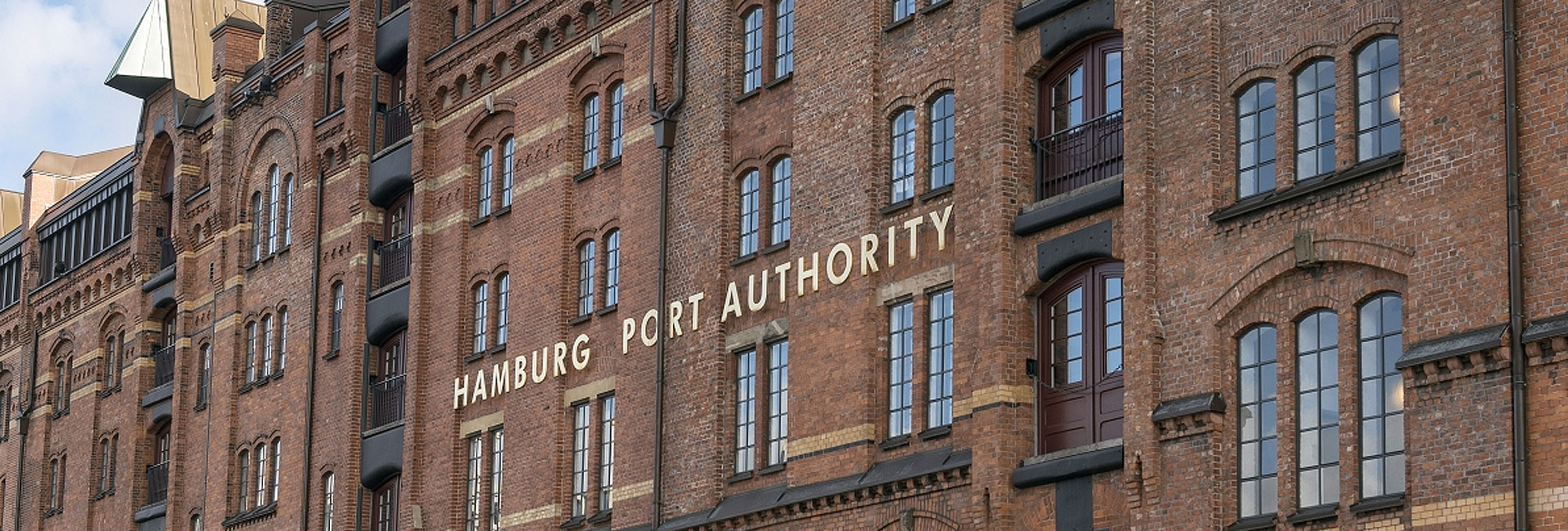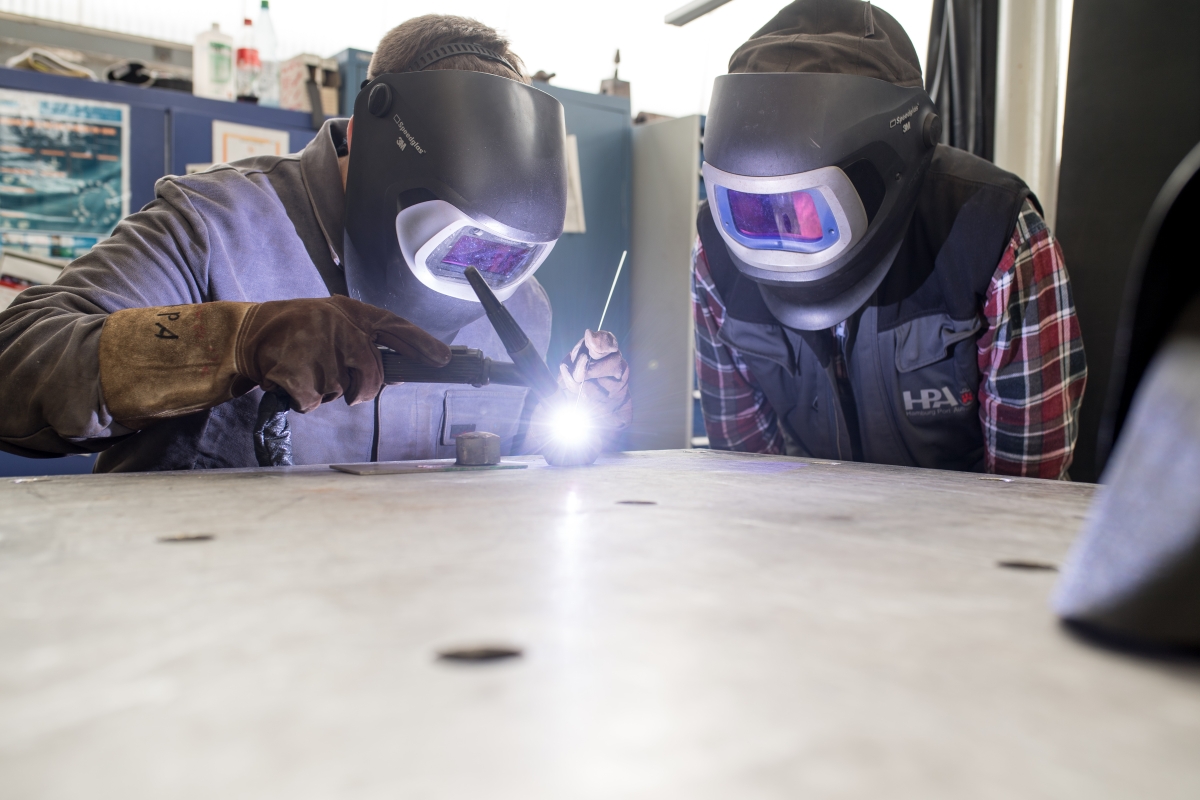Rail port working world
Hamburg is Europe’s top rail port. Hamburg port railway operates a rail network extending approximately 300 kilometres, enabling goods from all over the ...

Die HPA bietet bedarfsgerecht Ausbildungen in verschiedenen Fachbereichen an, die sich aufgliedern in Technische Berufe, Administrative Berufe, Gewerbliche Berufe, Nautische Berufe und IT-Berufe. Eins haben sie alle gemeinsam: einen hochspannenden Arbeitsplatz in Hamburgs Tor zur Welt.
HPA offers courses to meet requirements in various specialist fields that fall into technical, administrative, commercial, nautical and IT categories. They all have one aspect in common: A fascinating workplace in Hamburg’s Gateway to the World.
In the HPA network, office clerks are true team players. Being deployed in different areas, within three years they learn the company’s processes. The main headings cover commercial control measures such as accounts and controlling, and human resources. Own initiative and commitment are required here, along with a healthy degree of interest in commercial topics, shipping and the port.
In the port IT area, HPA provides vocational training in two fields, for IT specialists in application development and digital networking. A grasp of mathematics plus analytical thinking are indispensable for both. A keen interest in IT topics and programming language is also required. IT specialists for application development are primarily responsible for devising software solutions that make processes within HPA’s departments more efficient. Digital networking, on the other hand, primarily means what it says, plus optimizing systems and applications. Both courses are completed within three years.
Planning, welding and assembly feature in HPA’s construction mechanics syllabus. In this occupation, where training is a ‘must’, everything revolves around metal structures for ships, dams, locks, cranes and other custom-made structures for port infrastructure. Applicants need to be correspondingly bright and possess technical aptitude - which also applies to trainees in mechatronics. This occupation addresses construction, programming and maintenance of complex mechatronic systems. The combination of mechanical, electronic and IT elements makes the training especially fascinating. The two courses in mechanical engineering can be completed within three and a half years

You want to spend all day moving around the port? Then becoming a port skipper would be spot on. This nautical training lasts three years and is extremely varied. It is not confined to freight and passenger transport aboard tugs, harbour launches and ferries. Comprehensive local knowledge, manual skills, such as berthing and maintaining vessels and machinery, are also covered. This job requires a robust ability to stand up to the sea and the weather. In addition, HPA also offers those who possess a grasp of technology and spatial sense vocational training as survey technicians. On a three-year course, trainees learn how to conduct position and height measure ments, to evaluate measurement data and plans, and to conduct field comparisons.
Besides traditional vocational training, HPA also offers dual education in civil engineering, mechatronics, business administration, industrial engineering, and applied IT. In cooperation with the Nordakademie in Elmshorn and HS21, HPA facilitates a combination of theory and practice for students. In seven semesters, students become acquainted with various HPA departments, gaining invaluable practical experience, while also studying at university. Given determination and commitment, this can prove just the right option.
In providing single-source, cutting-edge and sustainable port management, HPA - Hamburg Port Authority keeps the Hanseatic City’s commercial heart beating. With our workforce of around 1,800, among our responsibilities are waterside and land infrastructure, we boost the safety and commercial viability of the port, plans and implements building projects and manage real estate. Not least thanks to state-of-the art technologies plus future-oriented projects such as smartPORT, we combine efficiency with environmental awareness. In doing so, we maintain close contact with shipping, logistics and service providers. Our long-term aim is to retain and extend our position as Germany’s largest universal port. In short: Port is what we do!